<Back to Index>
- Statesman Maejima Hisoka, 1835
- Physician and Statesman Nagayo Sensai, 1838
PAGE SPONSOR
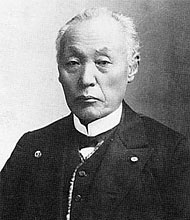
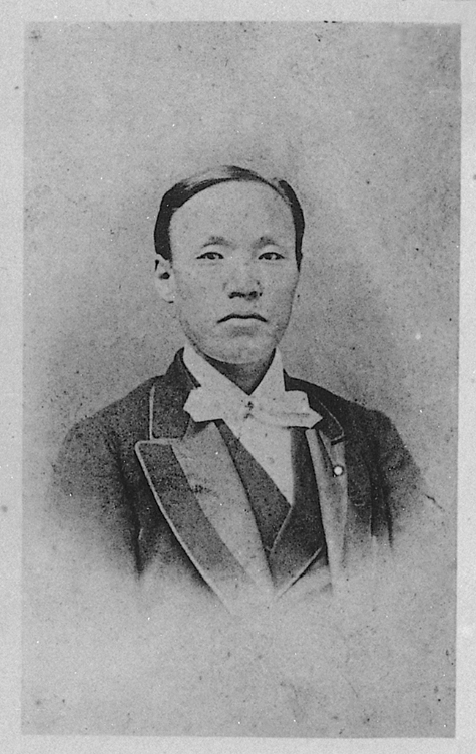
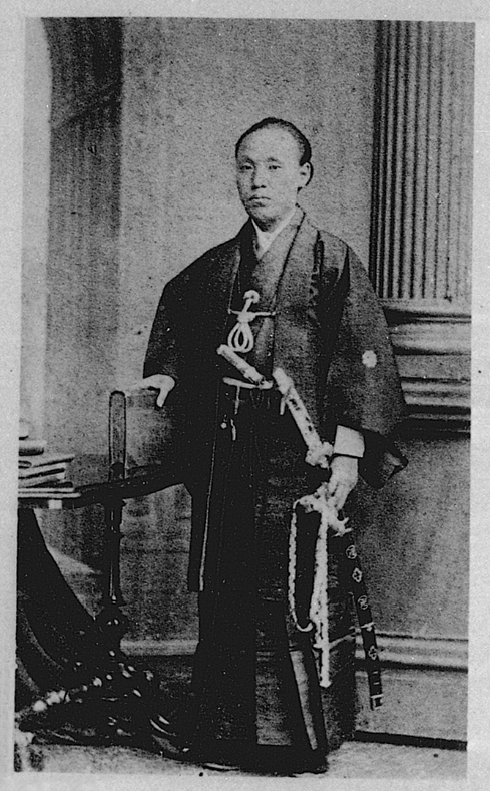
Baron Maejima Hisoka (前島 密, January 24, 1835 – April 27, 1919) was a Japanese statesman, politician and businessman in Meiji period Japan, who founded the Japanese postal service.
Maejima was born as Ueno Fusagorō, in the village of Shimoikebe, Echigo Province (present day the city of Joetsu, Niigata Prefecture). In 1866 he was adopted into the Maejima family. He was sent to Edo to study rangaku, medical science and English. In the Bakumatsu period he was considered a radical reformer and proponent of westernization. In 1866, he submitted an unsolicited proposal to Shogun Tokugawa Yoshinobu that Japan abolish the use of kanji (Chinese characters) in its writing system. In 1868, shortly after the Meiji Restoration, he also proposed to Ōkubo Toshimichi that the capital of Japan be moved from Kyoto to Edo.
Ōkubo liked the gall of the upstart Maejima, and appointed him to the new Minbu - shō (Ministry for Popular Affairs) in the new Meiji government, where his outspoken attitude caught the attention of Itō Hirobumi and Ōkuma Shigenobu. He was sent to Great Britain in 1870 to study the workings of the General Post Office, and upon his return to Japan in 1871, his proposals for the creation of a similar system in Japan were quickly approved.
The Japanese post office began operation in April 1871 with a daily service linking Tokyo with Osaka, with 65 post offices in between. Maejima personally coined the Japanese word for postage stamp (kitte). To make the system self supporting, and to extend the modern economic system into the Japanese countryside, Maejima also created a system of postal savings banks in 1874. This system expanded to include money orders in 1875.
In 1874, Maejima hired a foreign advisor, Samuel M. Bryan, to negotiate a postal treaty with the United States, and to assist in the admission of Japan into the Universal Postal Union in 1877.
In 1878, Maejima was appointed to the Genrōin, and in 1879, he was appointed Vice Minister for Home Affairs. By the time Maejima retired in 1881, the Japanese postal system had expanded to 5,099 post offices and was continuing to grow.
While establishing the postal system, Maejima somehow also found time to start his own newspaper in 1872. The Yubin Hochi Shimbun was renamed the Hochi Shimbun in 1894, and was merged with the Yomiuri Shimbun in 1942.
Not content with two careers, Maejima also found time to assist Ōkuma Shigenobu in establishing the Tokyo Semmon Gakkō in 1882, of which he served as principal from 1886 to 1890. The school was renamed Waseda University in 1902.
Seeing the potential for profit in the rapidly expanding railroad network in Japan, in 1886 Maejima established the Kansai Railroad Company in Osaka. He followed in this career by establishing a second railroad company, the Hokuetsu Railway connecting Niigata with Naoetsu in 1894.
Meanwhile. Maejima and Okuma helped establish the Rikken Kaishintō political party. He was appointed as Vice Minister of Communications from 1888 – 1891, during which time he established Japan's state owned telephone service.
Ennobled with the title of danshaku (baron) under the kazoku peerage system in 1902, he served as a member of the House of Peers from 1904 - 1910. He died in 1919 at his summer cottage in Yokosuka, Kanagawa prefecture.
As one would expect, he has been honored on several Japanese postage stamps.
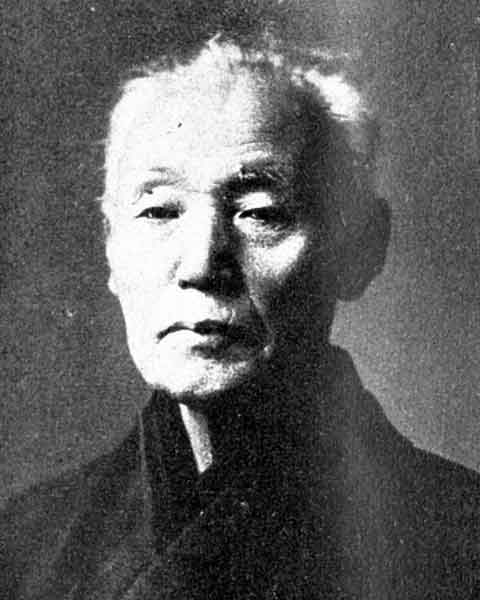
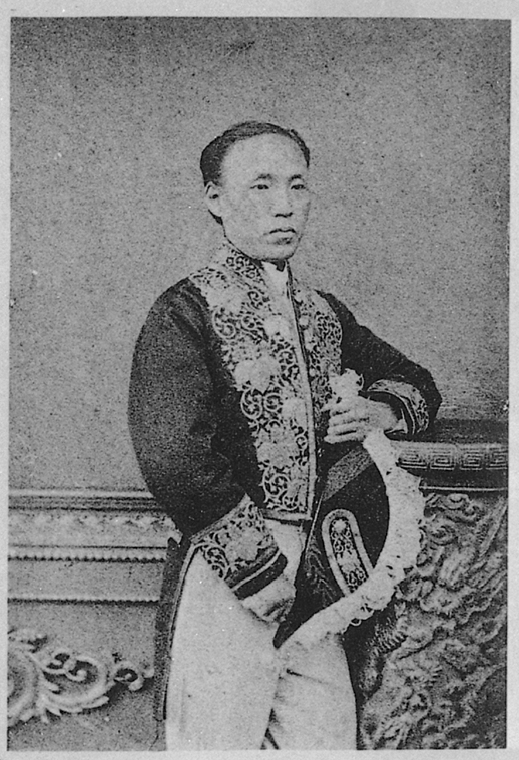
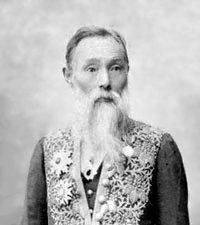
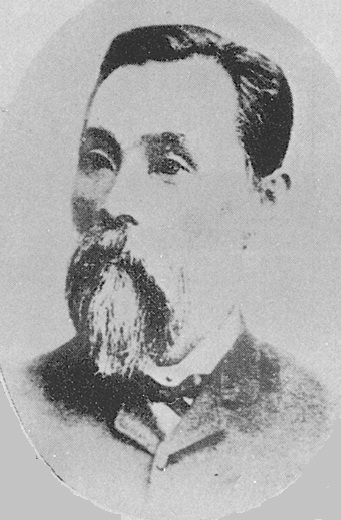
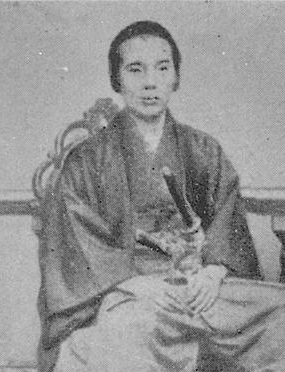
Baron Nagayo Sensai (長与 専斎, October 16, 1838 – September 8, 1902) was a medical doctor and statesman in Meiji period Japan.
Nagayo was born to a family of traditional physicians in Ōmura Domain, Hizen Province (present day Nagasaki Prefecture), and studied rangaku under Ogata Kōan in Osaka. Afterwards, he established a medical training college in Nagasaki, where he combined eastern and western medical practices with the assistance of the Dutch physician J.L.C. Pompe van Meerdervoort.
After the Meiji Restoration, Nagayo was selected to accompany the Iwakura Mission on its around - the - world journey to the United States and Europe. He was especially impressed from what he saw of modern medical practices in Germany and the Netherlands during his visit. On his return to Japan, he established the modern Japanese medical establishment with the creation the Medical Affairs Bureau (the predecessor of the Ministry of Health, Labor and Welfare), initially under the Ministry of Education, and later under the Home Ministry. He also promulgated the Vaccination Law, the comprehensive Medical Law, and established to Tokyo Igakko, which later became the medical facility of Tokyo Imperial University.
Nagayo served on the Genrōin and was later appointed to the House of Peers in the Diet of Japan. He was ennobled with the rank of danshaku (baron) in the kazoku peerage system.
Nagoya also established a hospital for tuberculosis patients in Yuigahama, Kamakura, and publicized the benefits of Kamakura as a health resort for its clean sea air.